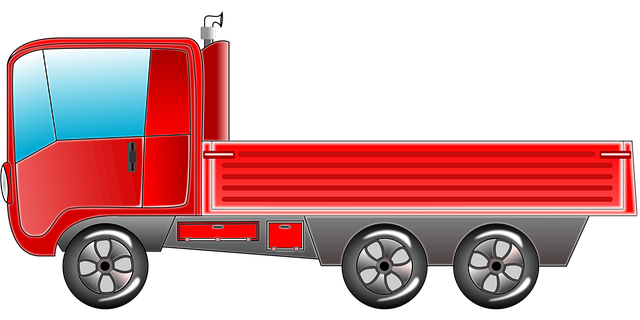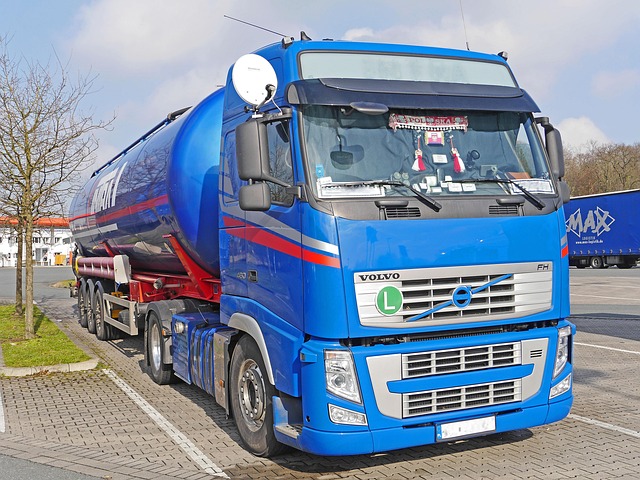Registering a car in California involves understanding specific requirements and gathering essential documents. First, ensure your vehicle is eligible for registration. Then, collect necessary papers, including the Vehicle Identification Number (VIN) for verification. Perform a VIN check online or through a local DMV to confirm ownership and avoid any issues. Next, choose a convenient California Motor Vehicle Office (DMV) location. Finally, submit an application and pay fees to complete the process efficiently. Remember, proper vin verification is crucial for a seamless registration experience.
- Understand California Car Registration Requirements
- Gather Necessary Documents for VIN Verification
- Perform Vehicle Identification Number (VIN) Check
- Select A California Motor Vehicle Office (DMV) Location
- Submit Application and Pay Registration Fees
Understand California Car Registration Requirements

Before registering your car in California, it’s crucial to understand the state’s specific requirements for vehicle identification number (VIN) verification. The Golden State has stringent regulations in place to ensure the accuracy and security of all registered vehicles. One key aspect is ensuring that the VIN on the car matches the one listed in the title or other official documents. This process, often referred to as a VIN inspection, is essential to prevent fraud and ensures that every vehicle on California’s roads is legitimate.
A mobile vin inspection service can greatly simplify this step of the registration process. These services offer convenient, on-site VIN verification by using advanced technology to cross-check the VIN with national databases. This not only saves time but also provides peace of mind, especially for those who prefer a hassle-free, stress-free registration experience. So, whether you’re a first-time car owner or simply transferring ownership, be sure to factor in this important step during your California vehicle registration journey, potentially using a mobile vin verifier for added convenience.
Gather Necessary Documents for VIN Verification

Before heading to the California Department of Motor Vehicles (DMV) to register your car, ensure you have all the necessary documents for VIN verification. The Vehicle Identification Number (VIN) is a unique code that identifies your vehicle, and it’s crucial for the registration process. Gather your vehicle’s title, current registration papers, proof of insurance, and a valid driver’s license or state-issued ID. Additionally, you’ll need to provide proof of residency in California, such as a utility bill or lease agreement.
For a seamless process, consider using a mobile vin inspection or a mobile vin verifier service. These services offer convenient and efficient VIN verification by visiting your location, which can save you time and effort. Alternatively, some mobile apps also provide this service, allowing you to complete the necessary checks from the comfort of your home before heading to the DMV.
Perform Vehicle Identification Number (VIN) Check

Before you register your car in California, performing a Vehicle Identification Number (VIN) check is crucial. This step ensures that your vehicle’s details match the information provided by the manufacturer. It also helps to prevent fraud and ensures that the car hasn’t been reported stolen or has any outstanding issues. You can conduct this vin verification through various methods, including using an online VIN decoder or contacting the California Department of Motor Vehicles (DMV).
A mobile vin inspection or vin inspection service might be a convenient option for those who prefer not to visit a DMV office. These services, often provided by professional mobile verifiers, offer on-site or remote (online) vin verification. A mobile vin verifier can quickly cross-reference your vehicle’s VIN with official databases, ensuring its authenticity and providing peace of mind as you proceed with the registration process in California.
Select A California Motor Vehicle Office (DMV) Location

When it comes to registering your car in California, choosing the right DMV location is a crucial first step. California Motor Vehicle Office (DMV) locations across the state offer various services, including vehicle registration, title transfers, and, notably, VIN verification. To start the registration process efficiently, select a DMV that provides comprehensive services, including mobile VIN verifier options for added convenience.
Consider your location and the services offered before visiting. Some California DMVs may specialize in specific tasks, while others cater to a broader range of needs, including mobile VIN inspection and verification services. Leveraging these options can streamline the registration process, ensuring you have all the necessary documents prepared promptly.
Submit Application and Pay Registration Fees

To complete the registration process, it’s time to submit your application and fees. After gathering all required documents, including proof of insurance and any necessary forms from your local DMV, you’ll need to fill out an Application for Title and Registration (form DMV-123). This form will ask for detailed information about your vehicle, such as the make, model, year, and its unique Vehicle Identification Number (VIN). It’s crucial to ensure the VIN is accurately recorded as it facilitates the vin verification process.
Once your application is complete, you’ll be directed to pay the registration fees. These costs vary depending on the type of vehicle and its age. You can typically pay online or at a nearby DMV office. If you prefer a more convenient option, consider using a mobile vin inspection service, which allows for on-site vin verification, saving you a trip to the DMV. Alternatively, some third-party companies offer mobile vin verifier services, further streamlining the registration process.
Registering a car in California involves understanding the state’s requirements, gathering essential documents for VIN verification, and visiting a local DMV office. By following these steps and ensuring accurate information, you can successfully complete the registration process, enabling you to legally operate your vehicle on California roads. Don’t forget to perform a VIN check as part of the verification process to ensure all details are correct.



